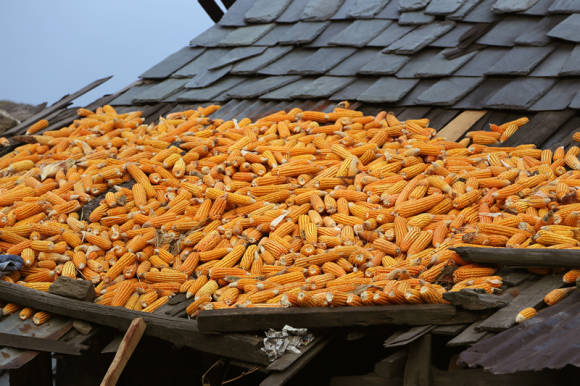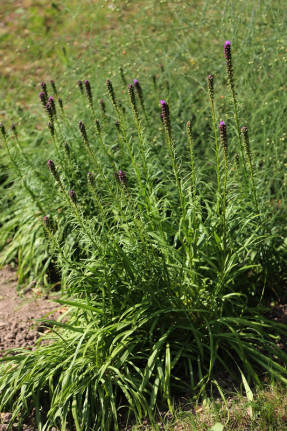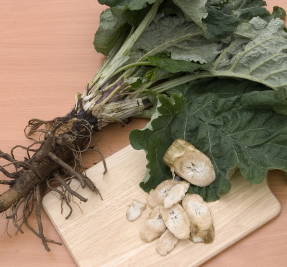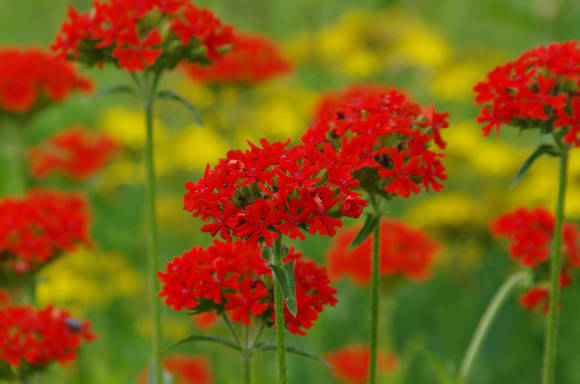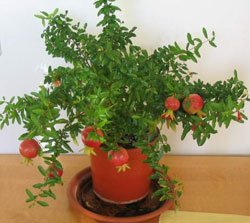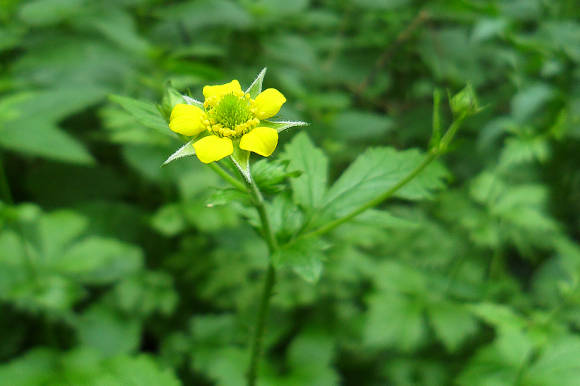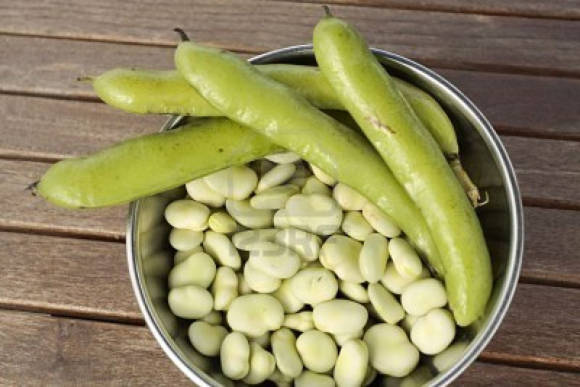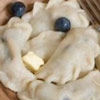Spring comes to everyone. In different countries, its harbingers and living messengers are a variety of plants: in France - mimosa, in Holland - a tulip, in Germany - primrose, in England - a daisy, in Russia - a pussy willow, and agretti informs sophisticated Italians about the arrival of spring - soda hodgepodge, or soda (Salsola soda). This extraordinary herb in Italy has many popular names: barba dei frati (monk's beard), finocchio di mare (sea fennel), senape dei monaci (monks mustard).

And its official name - salt-bearing saltwort - it received due to the fact that it is a natural source of soda ash, which is obtained from the ash of this plant. Once upon a time, this plant was sought after by entire groups of gatherers throughout the Mediterranean in order to use its ash in glass production. There is an assumption that the world-famous clarity and beauty of Murano and Venetian glass, kept in the strictest secret by master glassblowers, are directly related to the use in the production of a special ingredient - soda ash, which was obtained from soda ash.
In Italy you can hear the following saying: "If you come across an agretti in the market, buy it and eat it immediately before spring is over!" Solyanka in Italy is the most spring plant, it appears at the end of March, and at the end of May it already disappears from vegetable stalls. Interestingly, even in such a country as rich in herbs as Italy, this shy woman prefers to remain a delight for gourmets. And although in the spring you can find a box of agretti in almost any grocery store, you can hardly see it anywhere in the window.
Perhaps such rare encounters with agretti are associated with the difficulties of its cultivation. The fact is that its seeds have a very short viability - satisfactory germination is maintained only for 3 months after receiving them. Seed germination rapidly drops from 80-100 to 30-40%.
With its vibrant green color and airy texture, Agretti looks like a cross between fennel leaves, rosemary and ordinary grass. A bunch of hodgepodge most of all resembles a long curly beard. An unusual and very spicy taste corresponds to an unusual appearance: salty-sour, very juicy. The taste can be slightly tart, like purslane or some spinach. The delicate sourness complements the herbaceous freshness and texture reminiscent of young asparagus, crisp and juicy at the same time. In a word, it is worth trying once - you will never confuse it with anything again! And eating agretti is a delightful culinary experience!

Solyanka is really the most spring food, because its young shoots contain a significant amount of various vitamins and minerals, especially vitamin A, iron and calcium, which are so necessary for the human body after winter.
Cooking use

In Italy, the hodgepodge is boiled, steamed, made salads and frittats with it, served with asparagus, baked and fried, added to soups, eaten with tomato sauce, garlic, lemon, and nuts, and with salted anchovies ... Although real gourmets claim that it is best to steam it with a little lemon and olive oil. Due to its unique and very bright taste and aroma, agretti does not require long processing, it is good in itself!
In its raw form, only very young shoots of the hodgepodge are eaten, most often it is boiled and eaten in the form of a leafy vegetable. It is not difficult to prepare it, the prepared shoots are boiled in boiling water until they soften a little, but still retain some crunch when bitten.
When choosing a hodgepodge soda in the store, give preference to specimens of a rich green color, with elastic stems, without damage.Young shoots are much softer and taste better, so the plants should not be very branchy.
You can store the hodgepodge in the refrigerator no more than 2-3 days. The ideal storage package is a tight paper bag, or you can wrap a bunch of hodgepodge with a paper towel and place it in the designated freshness area of your refrigerator.
Most importantly, before you start preparing your culinary masterpieces, the hodgepodge must be properly prepared for use. Separate the roots first, if any. It is better to break off the roots at the very base of the plant, where there are two small leaves. Then the grass must be carefully sorted out to remove yellowed or too old thick stems. The best way to rinse the agretti is to dip it several times in a bowl of cold, clean water and shake it vigorously there to completely remove the sand. When you no longer see sand at the bottom of the bowl, you can stop bathing the hodgepodge.
It remains only to boil the greens in slightly salted water for 5-7 minutes, put them in a colander and rinse with cold water to maintain a beautiful green color. Season with olive oil and lemon juice - and a complete and delicious side dish is ready, you can eat!
Culinary recipes with soda ash:
- Salad of saltwort soda with smoked salmon
- Spaghetti with saltwort, capers and pine nuts
- Spicy spaghetti with agretti, capers and cherry
- Solyanka, fried with lemon juice, white wine, pepper and garlic
- Agretti salad with sesame seeds and leeks.
Botanical portrait

Solyanka soda (Salsolasoda) Is a light-loving, cold-resistant plant, an unpretentious annual of the amaranth family (Amaranthaceae), previously it was classified as a haze (Chenopodiaceae). In natural conditions, it is most often found along the edges of wetlands with salty soils. Stems glabrous, becoming red in autumn, spreadingly branched, 40-80 cm tall. Leaves are thick, semi-cylindrical, very small, with a bristle at the tip. The flowers are solitary, in a spaced spike-shaped inflorescence. The fruits are large, swollen. The greens are cut several times during the season, leaving the lower leaves. After removing part of the plant, young greenery grows back.
Growing hodgepodge
Solyanka prefers sunny, fertile, moist areas. Seeds are sown on the prepared soil without embedding, then it is necessary to mulch the bed with 2-3 cm of peat. Seedlings appear on the 10-15th day. Crop care consists in loosening row spacings, watering and feeding.
To obtain earlier greenery, sowing before winter is possible, on frozen soil (in central Russia - in the second decade of November), with the obligatory mulching with peat 2-3 cm.

Fashion plant
Solyanka is an original ingredient in traditional Italian cuisine. Today, the culinary fashion for this rare plant has come to the United States, Great Britain and some European countries, although even there you can try agretti mainly in expensive Italian restaurants.
After a British television show with agretti, British gardeners literally attacked seed shops and within a few days sold out all the seeds of the saltwort. And British gourmets have booked tables in the most popular Italian restaurants several months in advance to taste its delicate taste. Now this plant has come to Russia, its seeds have appeared on sale in our stores. It seems that this Italian delicacy continues its triumphal march around the world. Now Russian gardeners also have a chance to grow such an exquisite delicacy on their plots, and having harvested, feel a little like Jamie Oliver in their kitchen.
